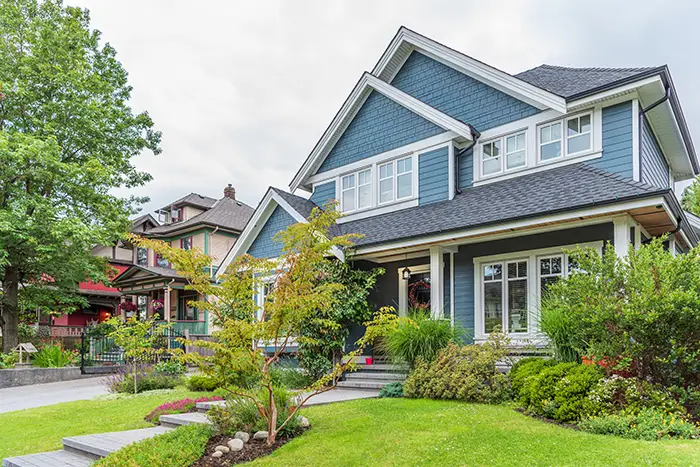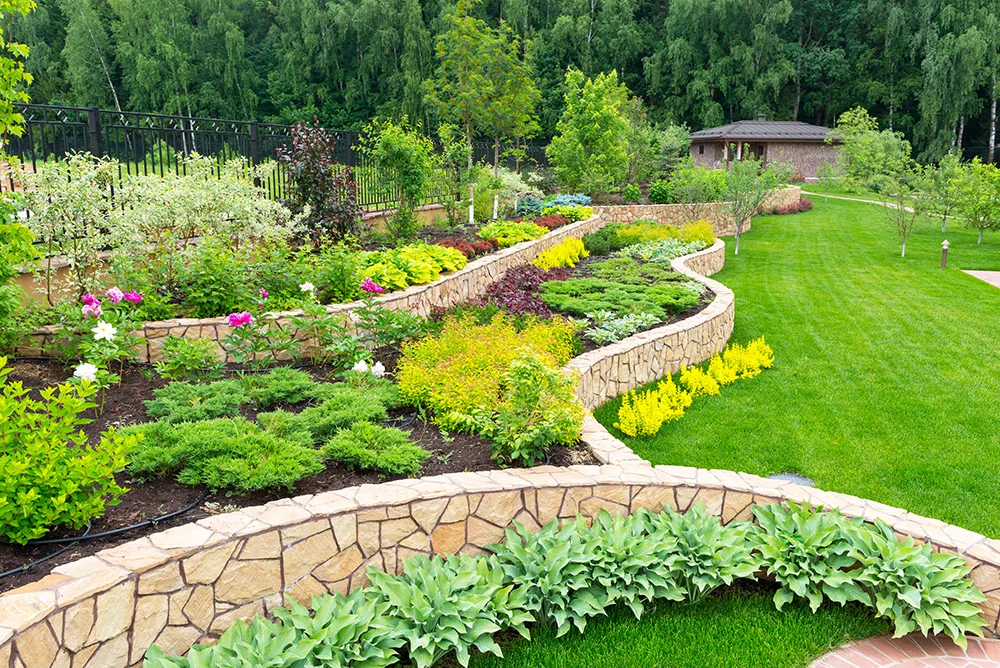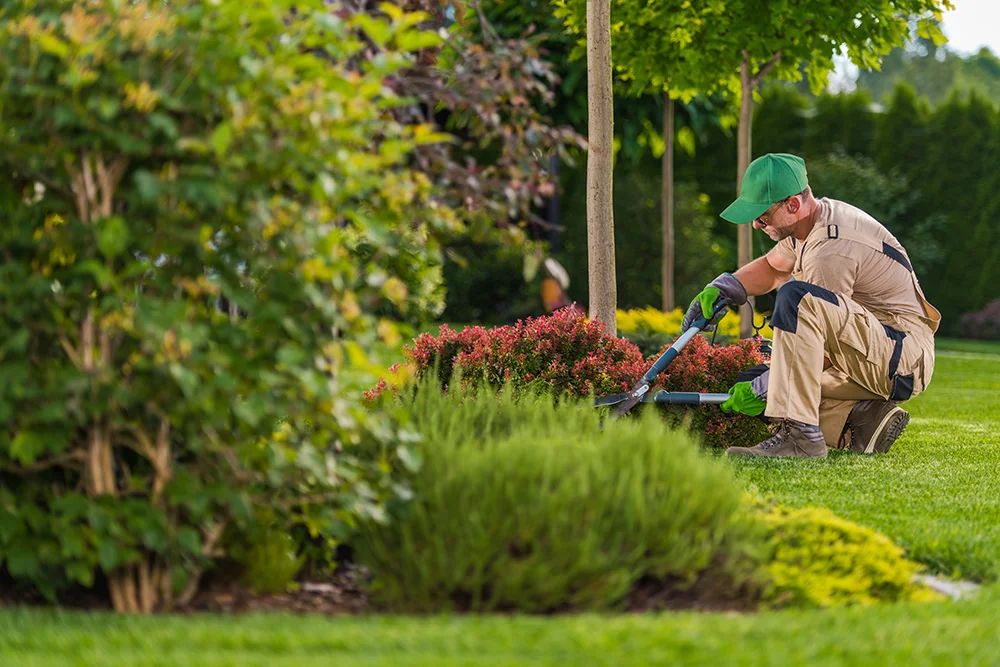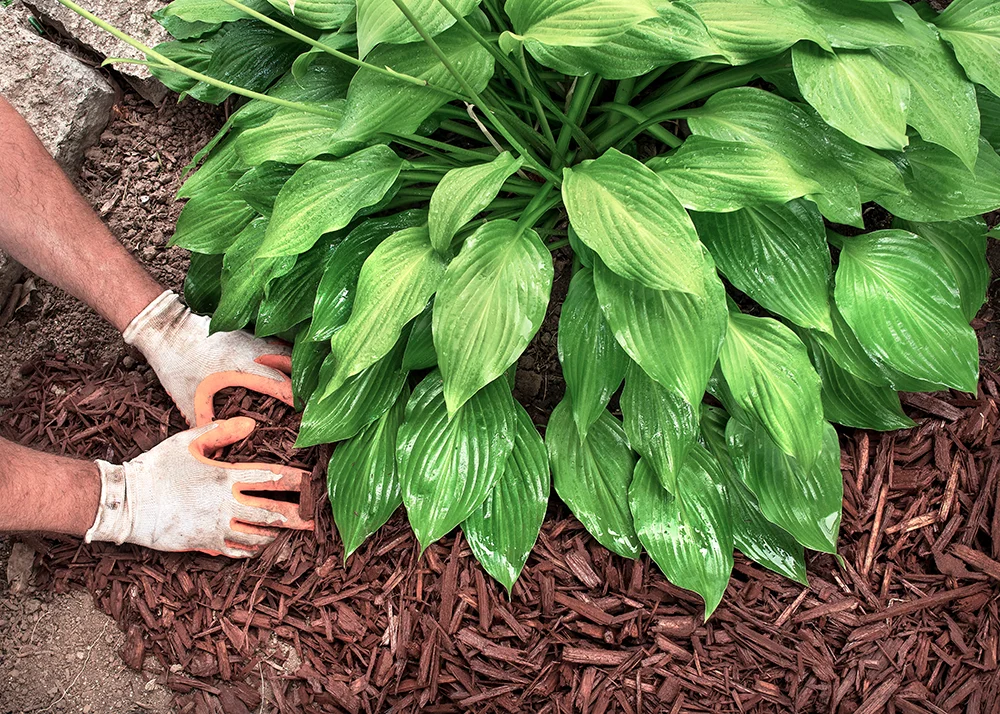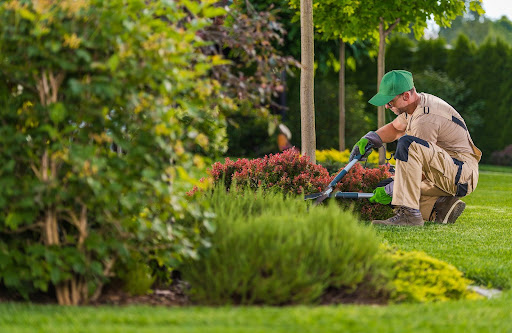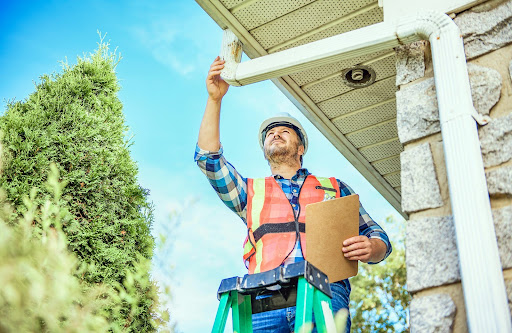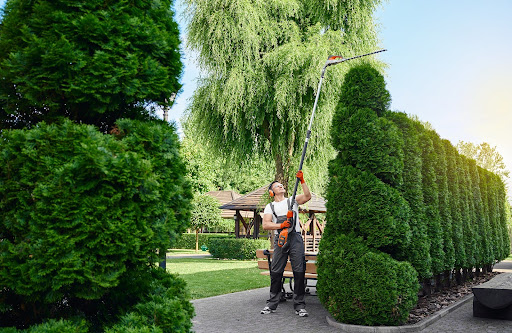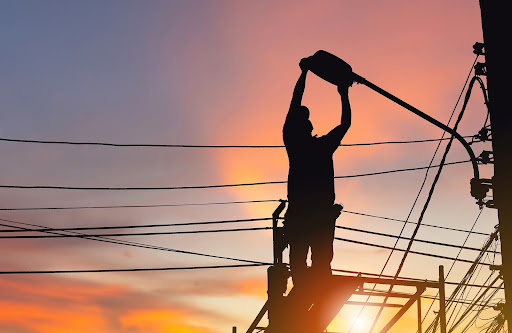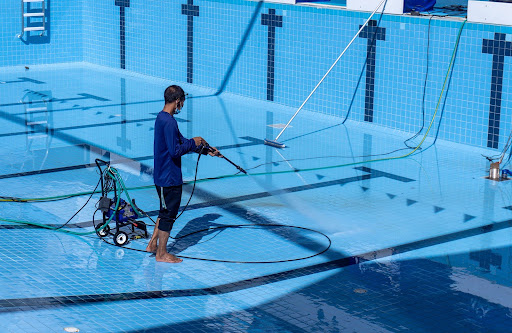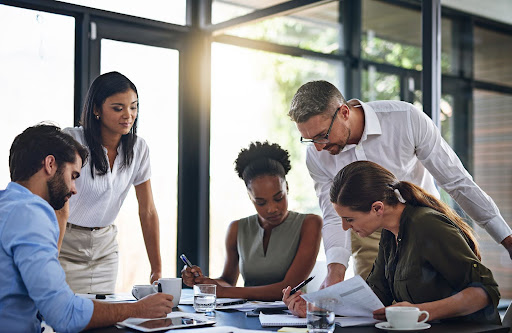Before Making Changes, Know The HOA Landscaping Maintenance Rules
Do you have a new idea that would make your yard the prettiest in the community? Before even planning what to do, take a step back and assess if it complies with your HOA landscaping maintenance rules. It can save you from a lot of headaches down the road.
The Role of HOA Landscaping Maintenance Rules
You may think that such rules eliminate all the fun and creativity in maintaining and designing your yards. That’s not the case. These guidelines are in place to keep the neighborhood’s pleasant appearance, ensure safety, and preserve property values.
Imagine having a neighbor who doesn’t follow these rules. They have wild vines climbing all over their fences. Compare that neighbor to another who makes the effort to keep a neatly trimmed lawn. Compared side by side, the image of the community starts to fray.
When your community has and follows landscaping rules, there is consistency in the neighborhood’s aesthetic. Each yard can complement its neighbors. It makes the community look and feel cohesive and cared for.
Their importance goes beyond simple looks. There’s another layer: your investment. Homes with well-kept landscaping tend to retain or increase in value. And when every property looks tended to, buyers notice. Whether you’re planning to sell or stay put, these rules quietly work in your favor.
How to Find Your Community’s Landscaping Guidelines
Not all HOAs play by the same playbook. What works for a neighborhood in Irvine won’t necessarily apply in Palm Springs. So, where do you look?
- Start with the governing documents: The CC&Rs typically cover broad landscaping expectations.
- Then, check any Architectural Guidelines or Design Review standards your HOA maintains. These tend to specify details, such as approved plant types or fence styles.
- Many associations post these documents online or make them available through the management office. If you don’t see them, ask. Board members would rather answer your questions up front than deal with a rule violation later.
- Keep an eye on those seasonal newsletters (yes, the ones that land in your inbox or mailbox). They often contain reminders about water restrictions, maintenance expectations, or changes to landscaping rules.
In short, when in doubt, ask.
HOA Landscaping Maintenance Rules: What’s Covered?
Every community is different, but you’ll often see common ground when it comes to what landscaping rules address:
- Lawn care (including mowing frequency and turf height)
- Pruning requirements for trees and shrubs
- Maintenance expectations for flower beds and seasonal plantings
- Approved mulch and ground covers
- Artificial turf guidelines
- Removal of dead or diseased plants
- Hardscape elements (such as paths, stones, and decorative borders)
- Outdoor lighting in landscaped areas
For communities across Southern California, expect to see added guidance on drought-tolerant landscaping and water conservation, which reflect the region’s climate realities.
Do You Need HOA Approval for Landscaping Changes?
In many cases, yes, but it still depends on a few factors.
Routine upkeep, like mowing your lawn or replacing a wilted plant, generally won’t require approval. But bigger changes? Adding a new tree, swapping turf for drought-friendly plantings, and installing stone borders will likely need the green light.
If you find yourself wondering, “Do I need HOA approval for this?” that’s probably a sign to reach out to your board or management office before moving forward. It’s far better to ask first than to face a fine or, worse, be asked to undo all your hard work.
How the Approval Process Typically Works
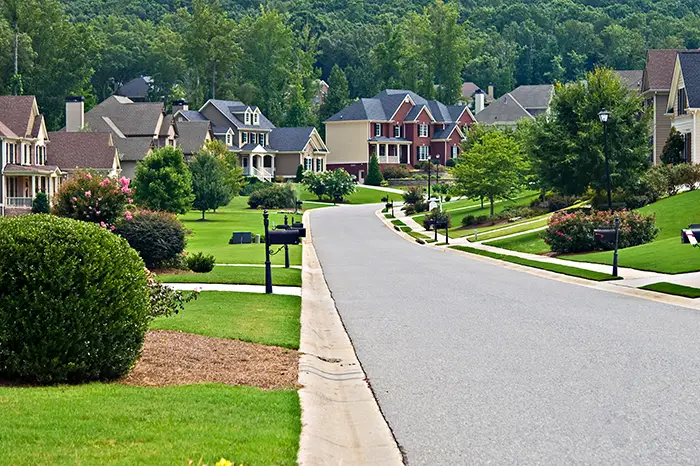
When approval is needed, here’s how the process typically plays out:
- Submit your application: Provide a clear, detailed request. Photos, plant lists, design sketches—anything that helps the committee understand your vision is helpful.
- Wait for review: The architectural committee or board reviews requests, often at the next scheduled meeting. Some boards give early feedback, but don’t count on it.
- Hold off on starting: Don’t purchase materials or hire a contractor until you have written approval. Yes, waiting can feel frustrating, but it can also save you from larger frustrations later.
- Get a decision: You’ll receive approval, a denial, or a request for changes. Denials aren’t always the end of the road. Usually, minor revisions can tip the balance in your favor.
- Revise or appeal if needed: If denied, you can typically revise your proposal or submit an appeal. Boards generally appreciate flexibility and will often work with homeowners who approach things in good faith.
Common Landscaping Mistakes
Even the most well-meaning homeowners can occasionally trip up. A few missteps to watch for:
- Starting a major project without first getting approval
- Planting species that are on the prohibited list or invasive
- Letting grass or shrubs get overgrown (life happens, but it’s noticeable)
- Overlooking seasonal maintenance
- Using non-compliant materials (neon gravel or low-quality artificial turf are common offenders)
A quick review of your HOA’s landscaping rules from time to time can help you stay in the clear. And if you’re unsure about something, ask first.
Seasonal Tips for HOA Landscape Maintenance
Southern California’s climate keeps landscaping a year-round job. Here are a few seasonal reminders:
Spring: Ideal for pruning, refreshing mulch, and planting. It’s also smart to inspect irrigation systems for winter damage.
Summer: Be mindful of watering, especially during drought alerts. Check for local restrictions and adjust irrigation schedules to match rising temperatures.
Fall: Clear leaves, prep plants for cooler weather, and consider adding drought-tolerant perennials.
Winter: Prune dormant plants, clean gutters, and inspect hardscaping for wear or repairs.
Partnering with HOA Landscape Services
Many HOAs already contract with landscape services for common areas, and you can hire these same pros for your own yard. They’ll know your HOA’s standards and can handle mowing, pruning, seasonal changes, and irrigation maintenance with ease.
That frees you up to enjoy your outdoor space without the worry of whether you’ve crossed any lines with your landscaping.
What to Look for in an HOA Landscape Services Company
When hiring one for your home, it’s best to hire landscaping services based on the following factors.
- Familiarity with your HOA’s landscaping rules
- Experience with SoCal’s plants and climate
- Licensing and insurance (don’t skip this)
- Clear communication and reliability
- Positive word-of-mouth from neighbors
While reviewing different vendors may seem tedious, it saves you from a lot of potential hiccups later on.
Handling Common Area Maintenance
Residents manage their yards. The HOA oversees common spaces, such as parks, greenbelts, entry features, and medians. Dues cover this work, and boards often hire experienced contractors to maintain these shared areas.
Although the board and their contractors can’t keep track of everything at the snap of a finger, they may miss some areas that need work. Residents can contribute by simply reporting anything that seems out of place.
How Rules May Change with Drought Conditions
Southern California’s persistent drought risk influences landscaping regulations, and those regulations may evolve rapidly.
Your HOA might promote drought-tolerant landscaping, cap turf areas, or even offer rebates for switching to water-wise designs. Staying informed is key—not just through HOA channels, but also city and county updates.
If you’re thinking about making drought-friendly changes, talk to your board first. They’ll help ensure your plans align with current standards—and could even point you toward incentives.
How California Laws Can Affect HOA Landscaping Rules

State law plays a role here, too. The Davis-Stirling Act governs HOAs in California, and more specifically, the Civil Code Section 4735 protects homeowners who want to install drought-friendly landscaping.
In short, your HOA generally can’t force you to maintain a thirsty lawn during drought conditions or prohibit you from replacing it with more sustainable options.
City and county watering restrictions also play a role. If local regulations limit irrigation, those requirements supersede HOA guidelines. Simply put, the HOA can’t ask you to use more water than the law allows.
Occasionally, HOA rules lag behind updated state laws. If you’re ever unsure, check with your board or management office before starting a project.
Balancing Creativity with Compliance
It’s only natural to want your outdoor space to reflect your taste. You can absolutely personalize your landscaping within the framework of HOA rules.
Choose plants from approved lists. Coordinate designs with your home’s style and the community aesthetic. If you want to try something new, ask for guidance first. A quick conversation can prevent future hassles and help ensure your project enhances both your property and the neighborhood.
When in Doubt, Communicate
Keep the lines of communication open. Are you unsure whether a project requires approval? Do you need to know whether a certain material or plant is allowed? Again, it never hurts to ask.
Boards and management companies generally appreciate homeowners who take the time to clarify questions. It demonstrates respect for the community and the shared goal of maintaining a beautiful neighborhood.
Attractive and Compliant Landscaping
A well-maintained yard helps preserve the character and value of the entire community. Before tackling a landscaping project, take time to review your HOA’s maintenance rules. It’s time well spent—and will help ensure your yard remains both attractive and compliant.
Looking for professional help in managing landscaping maintenance? Personalized Property Management offers HOA management services around Southern California. Call us at 760-325-9500 or email us at info@ppminternet.com for more information!
Related Articles

